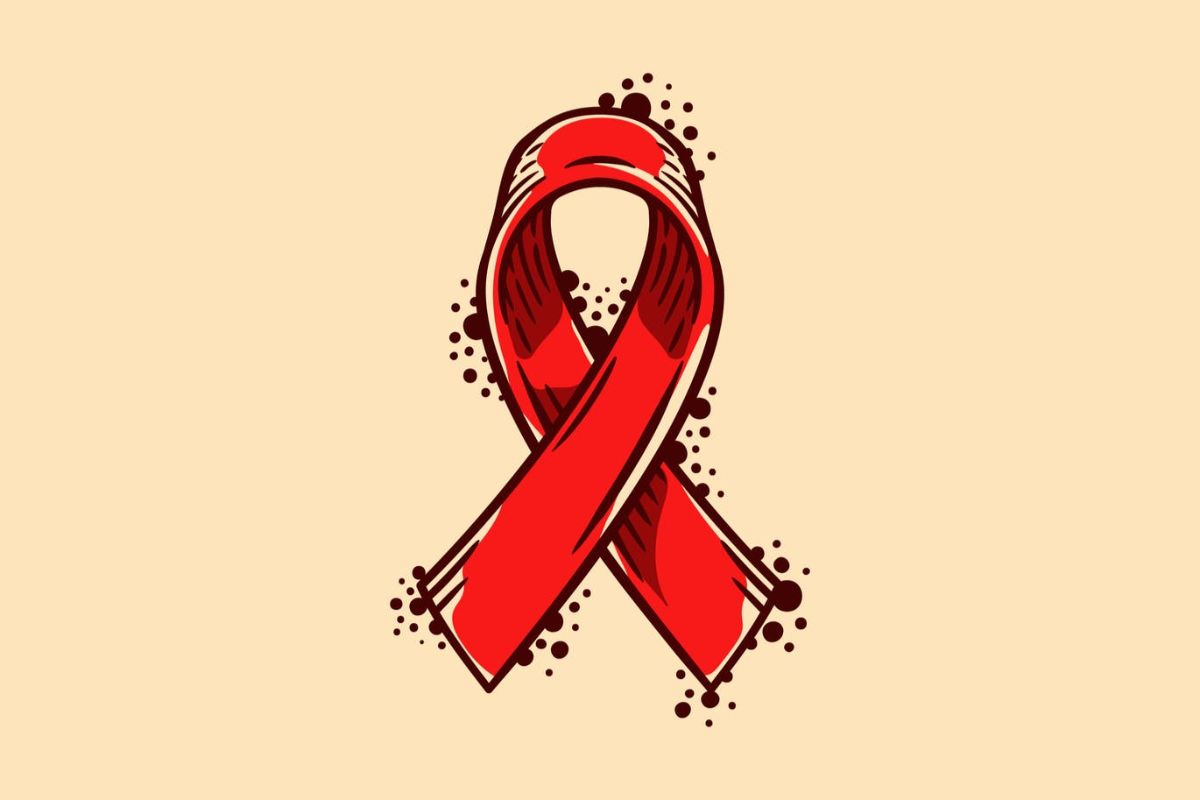Home » HIV Epidemic: The Disease Nobody Talks About
HIV Epidemic: The Disease Nobody Talks About

HIV – the very name of the disease alarms people! No, it does not spread through a handshake. It does not spread through a simple hug. But the panic related to HIV will continue to spread if we don’t overcome the stigma. Did you know, HIV is the longest-running global epidemic witnessed by humankind? Before we dive into the history and other aspects of the disease, let’s talk about what is HIV?
HIV stands for Human Immunodeficiency Virus – it affects the cells that help your body fight infections. The virus weakens one’s immune system over time. AIDS – short for Acquired Immunodeficiency Syndrome – is the last stage of HIV infection. To date, there is no cure for HIV. Although following an antiretroviral regimen can slow down the progress of the disease. Now that we have a brief understanding of the virus, let’s go back to the beginning of the HIV epidemic.
The beginning of HIV Epidemic
It is believed that the HIV infection was transmitted to humans through a kind of chimpanzee in Africa. These chimpanzees carried the Simian Immunodeficiency Virus (SIV). This was transmitted to humans when they hunted chimpanzees and came in contact with their infected blood. According to research, this may have occurred in the 1800s. It spread through Africa and gradually moved to the rest of the world. Now the question is how did it make its way to the rest of the world?
The first case of HIV was detected through a blood sample in 1959, in Kinshasa, Congo. The transport links of Kinshasa became a reason for the spread of the virus. Over the decades, the virus spread to different parts of the world indicating the growing epidemic. The world was unaware of the symptoms for a long time. But thanks to science, we now have a better understanding of it.
What are the symptoms of HIV?
The initial symptoms of HIV are similar to that of any other disease. Most infected people experience symptoms like the following in the first 2 to 6 weeks
- High fever
- Sore throat
- Body rashes
- Fatigue
- Joint and muscle pain
- Swollen glands
Some people may not experience any symptoms in the first few years. Although not every person with these symptoms is HIV positive. No symptoms may occur for many years after the initial ones. During that time, the virus continues to weaken the immune system. Once the virus has damaged the immune system completely, people might experience
- Drastic weight loss
- Severe diarrhoea
- Night sweats
- Skin conditions
- Frequent infections
- Life-threatening conditions
It is possible to slow the progress of the disease through timely diagnosis and treatment. That brings us to our next question – how is the virus transmitted?
Transmission of HIV
It’s time to burst the bubble! HIV does not spread like any other disease. It can only be transmitted through certain bodily fluids like
- Vaginal fluids
- Semen
- Blood
- BreastThe main task of the breast is milk production for the baby ... More milk
The virus can also be transmitted from a mother to her baby during pregnancyPregnancy is the state of carrying a developing embryo or a ... More.
It does not spread through saliva, sweat, or tears! Sharing a plate, hugging (even kissing), or sharing a washroom with an HIV positive person is safe.
HIV can affect any person, so always keep your guard up! Let’s look into how we can prevent this disease.
Prevention of HIV
The saying “Prevention is better than cure” must be taken into consideration when it comes to HIV.
Protection is prevention – the easiest way is to use condoms during sex. Vaginal or anal sexAnal sex is a kind of sexual intercourse in which the erect ... More is a primary cause of the spread. Get yourself tested for STDs. Do not share needles/ syringes. Minimize the number of your sexual partners to reduce the risk.
If you show symptoms of being HIV positive, get yourself tested at the earliest. Getting tested is the first step to prevention if you may be a carrier.
Diagnosis of HIV
The only definite way of knowing whether or not one is HIV positive is through testing. Some of the tests that one can undertake are
- Rapid diagnostic test (provides results on the same day)
- Antibody test (it checks for antibodies in blood or saliva)
- Nucleic acid test (NATs; helps check for HIV infection between 10 to 33 days of contracting the virus)
There is no concrete treatment for HIV. Timely diagnosis and medication is the key to reducing the number of cases.
Conclusion
Testing HIV positive doesn’t put a full-stop on your life! The disease might not have a cure, but there is still hope. The first step to defeating the HIV epidemic is to break the stigma. Don’t isolate them – accept them, understand their problems, and help raise awareness. It’s time to be more vocal about a disease we don’t talk about. This World AIDS Day, let’s ask ourselves a question – is HIV an epidemic that can’t be defeated? Or is it a disease that is stigmatized beyond repair?
Eclectic and evocative soundtrack
Rhythm gameplay
Tough challenge
Woefully out of place
Pacing slows
Exploration sequences feel drawn out






Really